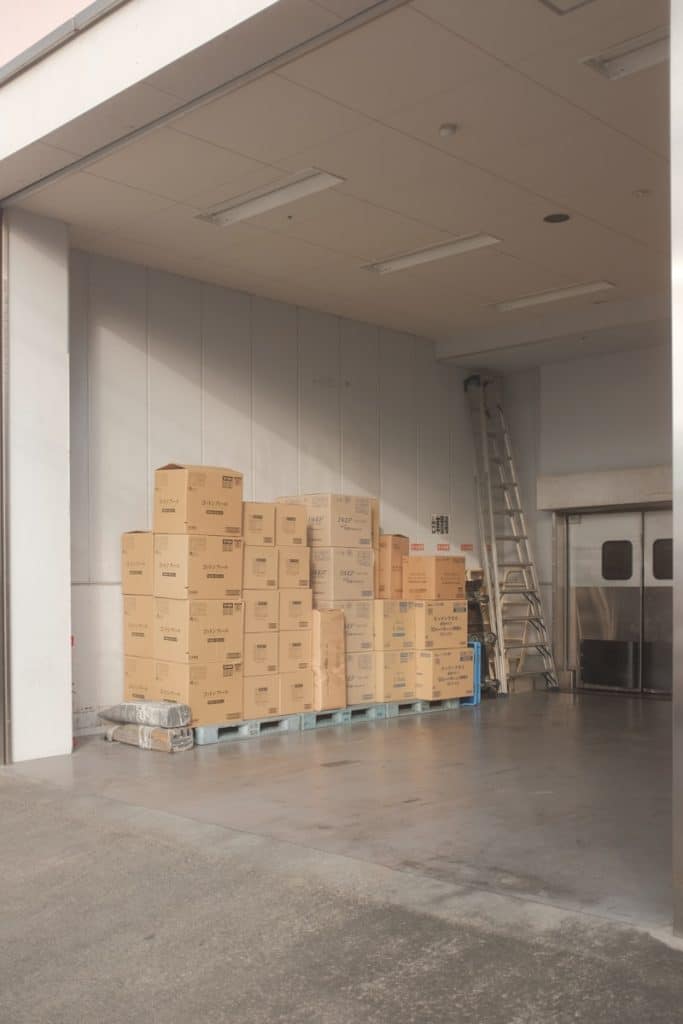Seller Fulfilled Prime (SFP) allows third-party sellers to offer and fulfill one-day and two-day Prime shipping directly from their own warehouses or through third-party fulfillment centers. This alternative to Amazon’s Fulfillment by Amazon (FBA) program can significantly boost sales by enabling sellers to display the Prime badge without the associated FBA storage and handling fees.
 How Seller-Fulfilled Prime Works
How Seller-Fulfilled Prime Works
To qualify for SFP, sellers undergo a 30 day trial period where they must demonstrate their ability to handle at least 100 Prime orders following strict shipping standards. This trial assesses the seller’s capability to meet one-day and two-day delivery promises without displaying the Prime badge. Post-trial, successful sellers are granted the Prime badge, enhancing their listing’s visibility.
Recent Updates and Enrollment Reopening
As of October 1, 2023, Amazon has reopened enrollment for SFP. This comes after a suspension initiated in September 2020 due to the program not meeting Prime service levels. The relaunch aims to provide better support for sellers and ensure a high-quality customer experience reflective of Prime standards.
Detailed Requirements for Seller-Fulfilled Prime
- Performance Metrics: On-time delivery of 93.5% or higher of SFP units
- Cancellation rate: Cancel less than 0.5% of units sold.
- Customer Service: All post-order inquiries are managed by Amazon, ensuring uniform customer service and free returns.
- Delivery Requirements based on Product Size Tier:
- Standard-size: 1-day delivery for ≥30% of orders; 2-day for ≥70%.
- Oversize: 1-day delivery for ≥10% of orders; 2-day for ≥45%.
- Extra Large: 2-day delivery for ≥15% of orders, with no requirements for same-day or 1-day delivery.
Pros of Seller-Fulfilled Prime
- Access to Prime Members: Attracts the vast pool of Amazon Prime loyalists, enhancing product discoverability.
- Control Over Inventory and Operations: Provides autonomy over storage and fulfillment processes, avoiding FBA-related lag and stock issues.
- Cost Savings: Eliminates FBA fees and variable storage costs, potentially improving profit margins.
Cons of Seller-Fulfilled Prime
- Stringent Standards: Failure to continuously meet Amazon’s criteria can result in the loss of Prime status.
- Operational Costs: Sellers must cover their own storage and expedited shipping expenses, which can add up.
- Return Management: SFP returns will be sent directly to you, which requires effective logistical arrangements.
How to Set Up Seller-Fulfilled Prime
- Preparation: Set up FBM offers to test and refine your fulfillment capabilities.
- Registration: Visit the Seller-Fulfilled Prime page on Amazon Seller Central and register for the trial period.
- Trial Performance: Successfully meet the delivery and service standards during the trial to qualify for SFP.
Actionable Steps for Sellers
- Assess Your Capability: Ensure your operation can meet the quick turnaround times for one-day and two-day deliveries.
- Optimize Logistics: Consider partnering with third-party fulfillment centers if in-house resources are insufficient.
- Monitor Performance Metrics: Establish systems to track and maintain the required delivery accuracy and customer service standards.
- Prepare for Returns: Develop a streamlined process for handling returns efficiently to maintain customer satisfaction.
Conclusion
Seller Fulfilled Prime offers a strategic advantage by boosting visibility and sales through the Prime badge while allowing sellers to retain control over their logistics. By understanding and navigating the requirements and preparing thoroughly for the trial period, sellers can effectively leverage SFP to enhance their competitive edge on Amazon.
Whether you are already using SFP or contemplating its benefits, continuous optimization and adherence to Amazon’s standards will be key to maintaining eligibility and reaping the benefits of this program.
